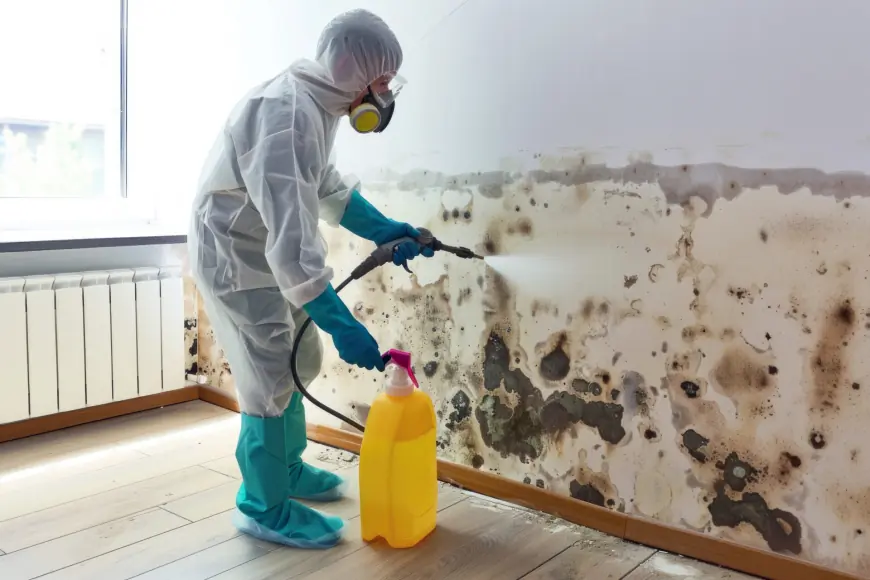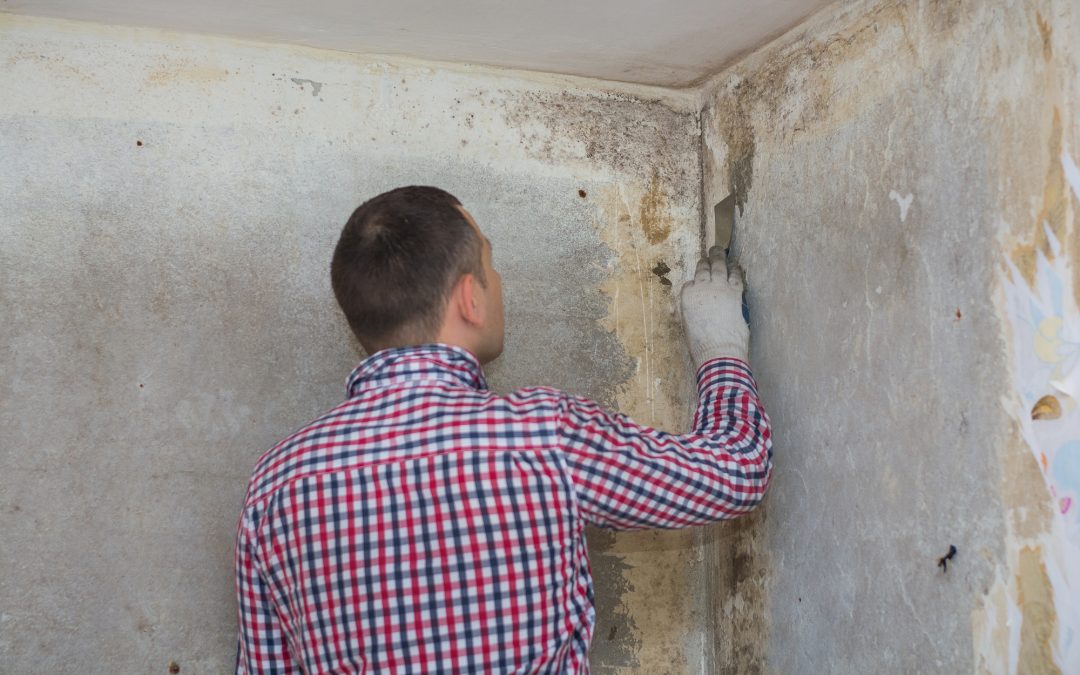Can mold be permanently removed?
To understand whether mold can be permanently removed, it's essential to distinguish between removal and control. Mold removal typically refers to the cleaning and treatment of existing mold colonies.

Mold is a common problem in homes, offices, and buildings worldwide, often appearing in areas with excess moisture, such as bathrooms, basements, or kitchens. For many property owners, a key question arises: It Mold Remediation Near Me The answer is both yes and no, depending on how “permanently removed” is defined and the measures taken to control it.

Understanding Mold and Its Behavior
Mold is a type of fungus that reproduces via microscopic spores. These spores are naturally present in the air and can settle and grow wherever they find the right conditions—typically areas with dampness, humidity, or water intrusion. Mold thrives on organic materials like wood, drywall, carpet, and fabric, making indoor spaces especially susceptible.
What makes mold particularly persistent is that spores are nearly impossible to eliminate entirely from the air. Even in the cleanest environments, trace amounts of mold spores can be found. This is a natural part of the environment and does not usually pose a problem until the spores land on a moist surface and begin to grow.
Mold Removal vs. Mold Control
To understand whether mold can be permanently removed, it's essential to distinguish between removal and control. Mold removal typically refers to the cleaning and treatment of existing mold colonies. Mold control, on the other hand, refers to preventing mold from returning by managing the conditions that allow it to thrive.
Technically, complete removal of every mold spore from a home or building is not feasible. However, it is entirely possible to remove visible mold growth and maintain a mold-free indoor environment through proper moisture control and ventilation.
Effective Steps for Long-Term Mold Removal
While it’s unlikely to remove every airborne mold spore permanently, you can eliminate active mold colonies and greatly reduce the chance of recurrence. Here are some essential steps to achieving long-term mold management:
1. Identify the Source of Moisture
The root cause of most mold growth is moisture. Whether it's a leaky pipe, a poorly ventilated bathroom, or a damp basement, identifying and eliminating the source of moisture is crucial. Until the water issue is addressed, mold will keep coming back regardless of how thoroughly it is cleaned.
2. Thorough Cleaning and Remediation
Visible mold should be thoroughly cleaned using appropriate methods. Porous materials like drywall or carpet that have been severely affected might need to be removed and replaced. Non-porous surfaces can be cleaned with specific mold cleaning solutions. Professional mold remediation companies use specialized equipment like HEPA vacuums and air scrubbers to ensure thorough removal.
3. Dehumidification and Ventilation
Keeping indoor humidity levels below 50% is one of the most effective ways to prevent mold. Using dehumidifiers, air conditioners, and ensuring proper ventilation in high-moisture areas (like kitchens, bathrooms, and laundry rooms) are long-term strategies that support mold prevention.
4. Seal and Insulate
Properly sealing windows, doors, and any areas prone to condensation helps reduce moisture intrusion. Insulation of cold surfaces like pipes or walls also prevents condensation and discourages mold growth.
5. Routine Maintenance
Regular inspection and maintenance are key. Check for leaks in plumbing or roofing, ensure that HVAC systems are cleaned and functioning correctly, and monitor moisture-prone areas periodically.
The Role of Building Materials and Design
Modern construction practices can also influence whether mold is a recurring issue. Buildings designed with proper drainage systems, vapor barriers, and moisture-resistant materials are less likely to experience ongoing mold problems. Selecting materials like mold-resistant drywall or paints in high-moisture areas adds an extra layer of defense.
Additionally, structures that include passive ventilation, such as vented soffits or operable windows, allow for natural airflow and help maintain a dry environment.
Can Mold Be Kept Away Permanently?
While it is unrealistic to think of a completely mold-free environment due to the omnipresence of spores in nature, active mold infestations can absolutely be eliminated and prevented from returning with the right conditions. In this sense, yes—mold can be “permanently removed” from surfaces and kept from returning, provided that environmental conditions are kept in check.
It's important to view mold control as a long-term maintenance task rather than a one-time fix. Once a space is properly treated and the underlying causes of moisture are addressed, mold should not reappear. Homeowners and facility managers who stay vigilant can maintain mold-free environments for years.
Conclusion
Mold may be a persistent and often stubborn issue, but it is not unbeatable. While it’s impossible to eliminate all mold spores from the air permanently, it is entirely possible to remove existing mold growth and prevent it from returning through proper moisture management, ventilation, and routine maintenance. Long-term mold control is achievable when structural issues are addressed and the environment is kept dry and clean. With consistent attention to detail and the right preventative steps, a mold-free home or business is well within reach.
What's Your Reaction?
 Like
0
Like
0
 Dislike
0
Dislike
0
 Love
0
Love
0
 Funny
0
Funny
0
 Angry
0
Angry
0
 Sad
0
Sad
0
 Wow
0
Wow
0

















































